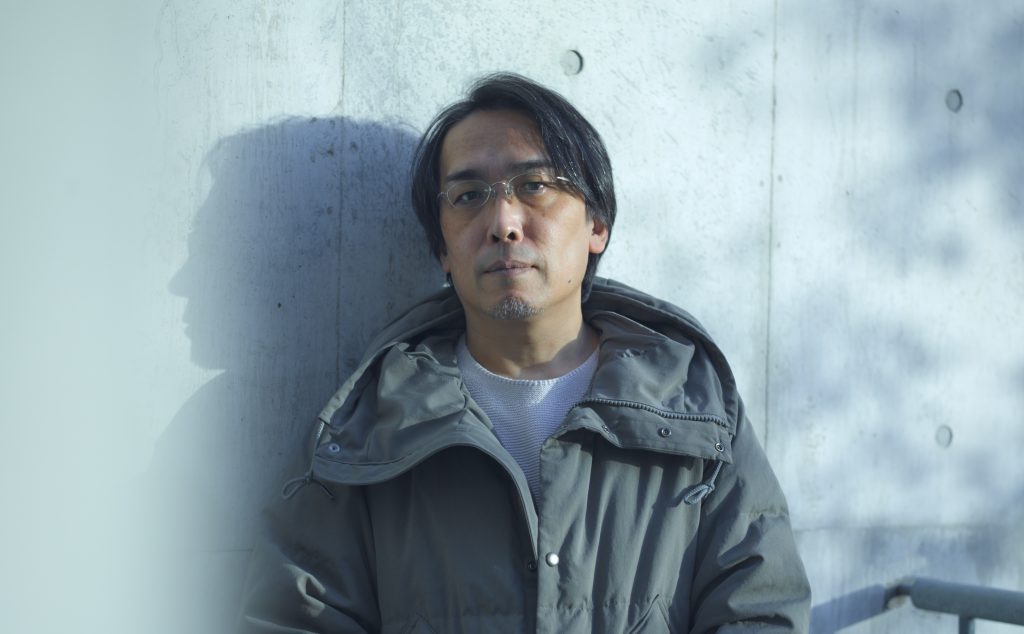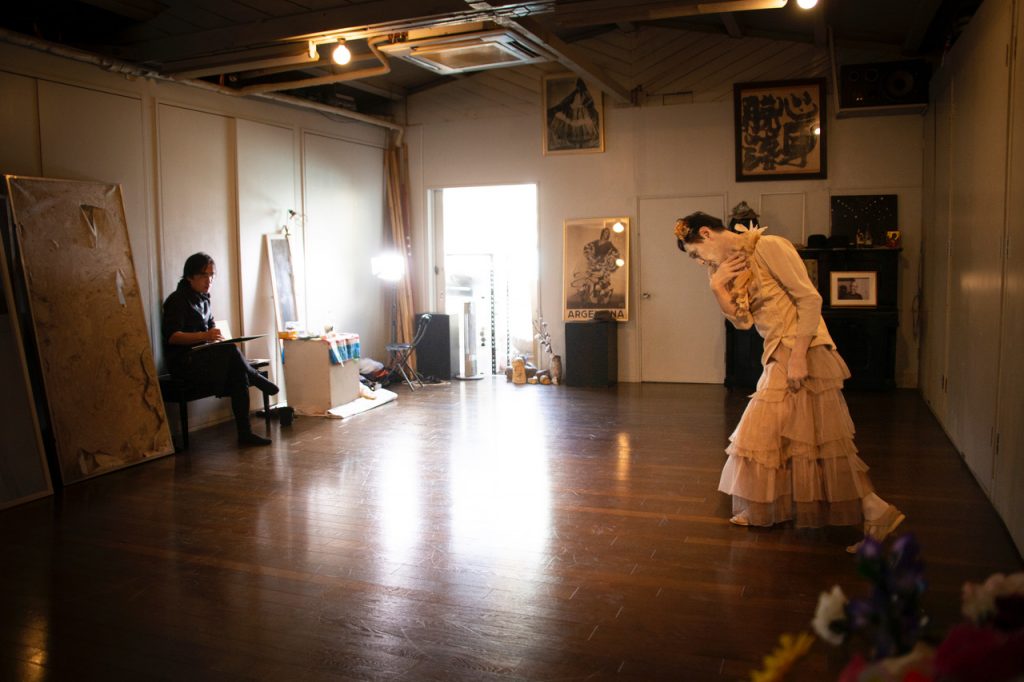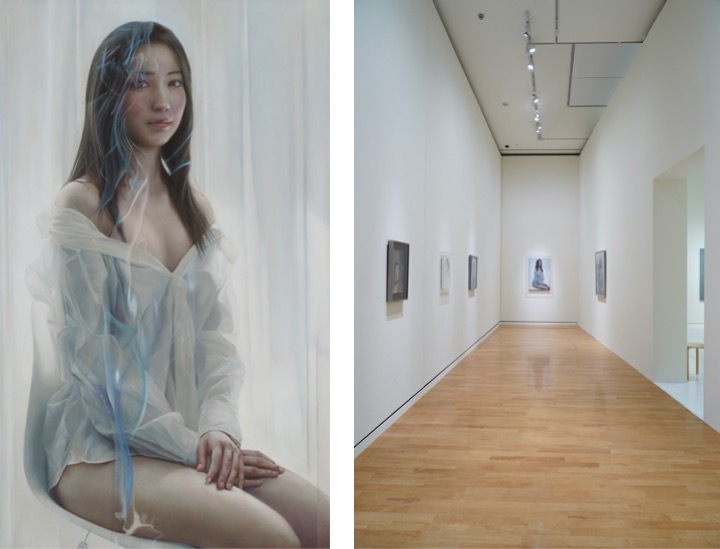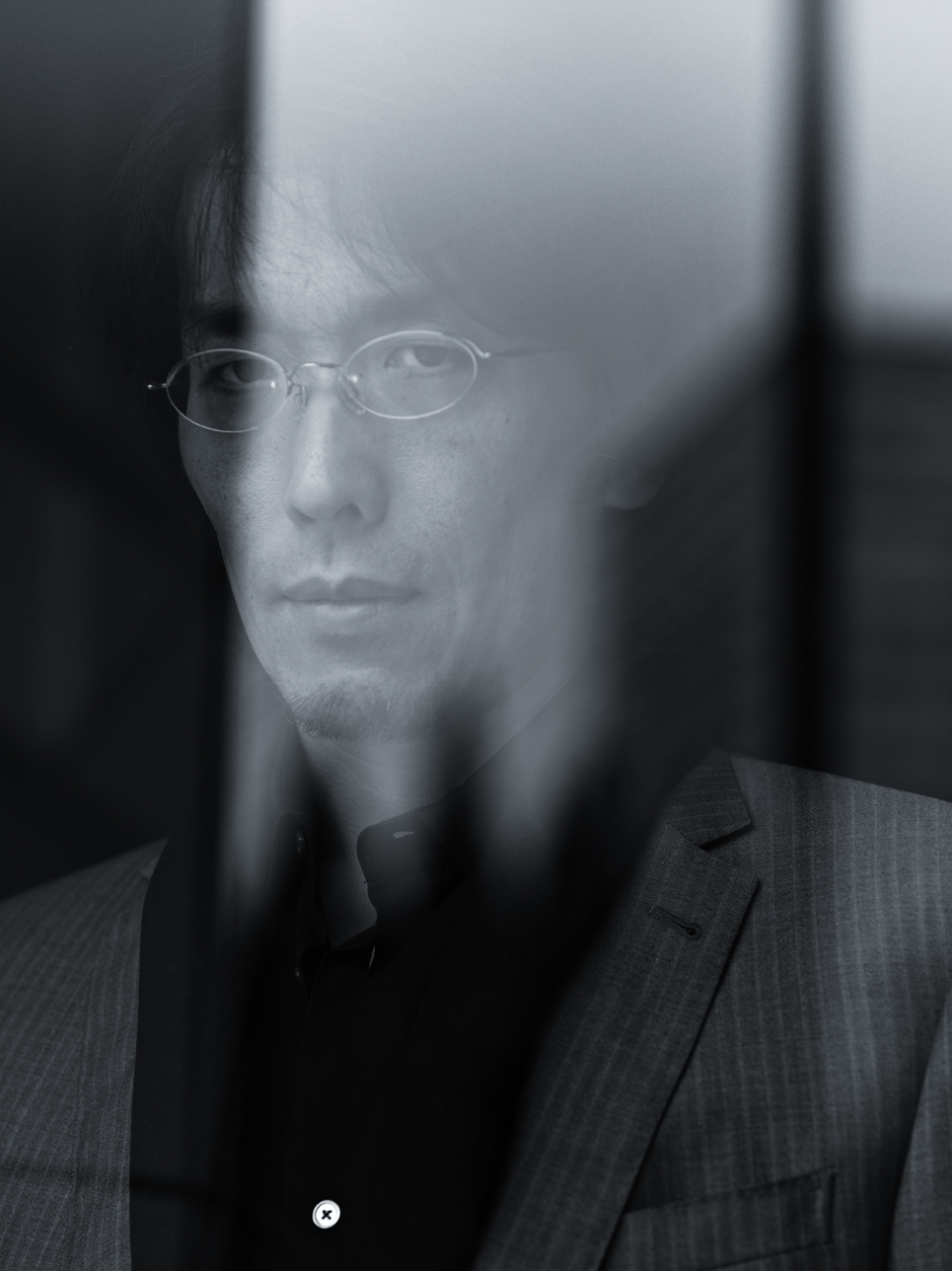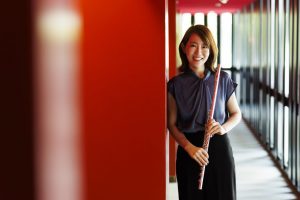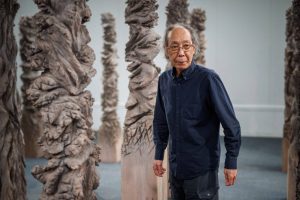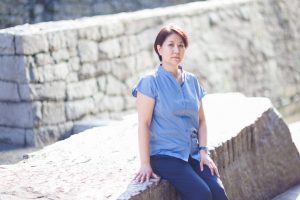—Please tell us about any turning points in your career.
SUWA: In 2011, with the intention of repositioning myself within the industry, I took concrete steps toward change. My first move was organizing my inaugural solo exhibition at Gallery Naruyama, where I am working together still at present. What drew me to this gallery was its unique presence in the contemporary art scene and its focus on working with a select group of artists. The reason behind this shift was the existing division in the Japanese art industry between traditional art salons, often referred to as gadan, and the contemporary art world. ...... Things have become a bit more complex since then, but that’s a rough overview. There have also been changes in business practices.
When I first embarked on my artistic journey, I found myself labeled as a painter belonging to the gadan salon world. It was a choice that, to put it frankly, didn’t align with my true artistic inclinations. I want to make it clear that I’m not disparaging the gadan; it simply wasn’t the right fit for me. Ironically, I didn’t realize this until I had already set off on that path. It was only after I had taken my initial steps that I recognized an inherent discord between my artistic direction and the gadan tradition. So, in 2011, during my solo exhibition, I seized the opportunity to chart a new course into the contemporary art realm. This decision was unconventional and came with its fair share of trepidation. I was fearful because this shift meant a significant change in my artistic surroundings, and there was a possibility that it could impact the marketability of my work.
Fortunately, at that time, NHK’s TV program “Sunday Art Museum” broadcast a documentary titled “Paintings That Stay in the Memory: A Painter Who Draws the Dead,” which closely followed my artistic journey over an extended period. The program received a positive response from the general public. This was followed by the publication of a collection of my works, titled “Can’t See Anything Anyway: Atsushi Suwa Paintings” (published by Kyuryu-do).
—Do you tend to rely more on your intuition?
SUWA: While people may perceive me as strategic painter, my nature inclination is to be opportunistic and laid-back. Nevertheless, when circumstances align with an opportunity, I believe I prioritized my instinct, or rather, my senses. I do contemplate matters, but more often than not, I find myself ultimately following my intuition.
—In addition to being a painter, you are also a teacher.
SUWA: Yes, in 2018, I began my role as a professor at my alma mater, Musashino Art University, specifically within Department of Painting.
—How do you interact with students at the university?
SUWA: Students often approach me with technical or logical questions, and I find that I’m able to offer precise responses in these domains, as they often have quantifiable answers. To avoid discouraging them, I’m inclined to study even more than I did when I was a student. I believe that everyone should have the opportunity to teach others—it’s a valuable experience (laughs).
Conversely, I’m more cautious when it comes to delving into the content or direction of their paintings. Each student is essentially a researcher with their unique style, even if it appears somewhat inexperienced. I’m hesitant to impose my own values on them, regardless of how misguided their approach may seem at this stage or how much it might resemble a detour. Therefore, I consider it more crucial to provide the right environment. In a way, a professor is akin to a gardener, nurturing and cultivating the individuality of each student.


